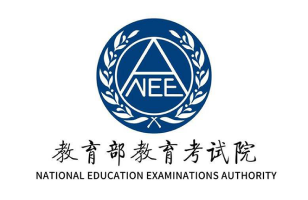问题求解题
解题思路:
解决问题并从给出的选项中选择最佳答案。
题目:
A store purchased 10 appliances for $150 each. The store sold 5 of these appliances at p dollars each, sold 4 of the appliances at $225 each, and kept the remaining appliance as a floor model. If the store’s gross profit on the 10 appliances was $375, what is the value of p?
(A) $187.50
(B) $195.00
(C) $208.33
(D) 215.00
(E) 243.75
答案:(B)






















